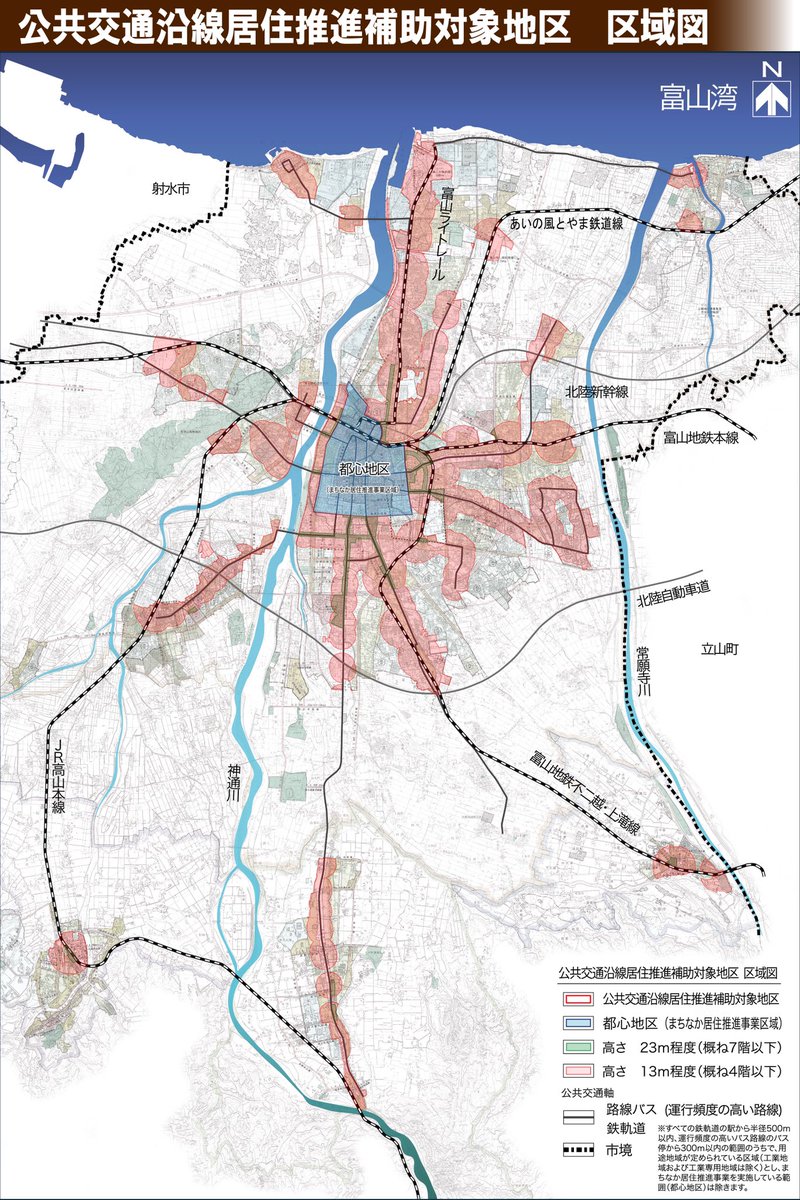
"When Florence was the cultural and financial capital of the Renaissance, it contained scarcely 70,000 inhabitants. On foot, one could traverse this glorious city in twenty minutes from one side to the other." — Léon Krier, 1977 

"In the fifteenth century the most populous cities of Europe—Paris, Milan and Venice—contained no more than 100,000 people and already Leonardo da Vinci was proposing to divide his city into five autonomous riones (quarters)." — Léon Krier 

"Before 1800, and with the exception of Cologne, each of the most powerful and prestigious of the 150 German cities had no more than 35,000 inhabitants; Nuremberg had about 20,000." — Léon Krier 

"As the glove and the shoe are the accomplished forms used to cover hands and feet, similarly the house and the street, the palace and the square are the just types and forms to shelter and protect the social life of a people."
— Léon Krier, 1977
— Léon Krier, 1977

"Measure does not only concern the geometric dimension of spaces and objects of the city and its quarters, but also the size of human communities. Like a tree or a man, a human community cannot exceed a certain dimension without becoming a monster; either a giant or a dwarf." 

"To the size of cities there is a limit as is the case with everything, with plants, animals, tools; because none of these can retain its natural power if it is too large or too small, for it then loses its nature or it is spoilt" — Aristotle, Politics 

"The Pythagoreans taught that evil belonged to the realm of the limitless and that good belonged to that which was limited. Aristotle made this truth the foundation of everything: philosophy, ethics, and by consequence, of politics and culture." — Léon Krier, 1977 

"Just as proper measure is the condition of all life, so the vitality of a community overdevelops or atrophies according to the number of its inhabitants; a city can die by an abnormal expansion, density or dispersion." — Léon Krier, 1977 

Intermission: consider the size of renaissance Florence compared to one Atlanta interchange. And Atlanta has more than just this one. 
https://twitter.com/stevemouzon/status/171653622411689985?s=21

It is almost like the stupefying wealth of our times has ruined us. Theodore Dalrymple compare the artistic output of 70 years in Renaissance Florence with the artistic output of the West in the last 70 years.
https://twitter.com/wrathofgnon/status/625841486291021825?s=21
"Like all organisms in nature, a city must be a finite object; it has a mature, (a maximum) and a minimum size, both in surface and volume, in plan and silhouette, in the number of inhabitants it can house and in the number of activities it can allow and perform." — Léon Krier 



"The urban quarter is a true city within the city. As a part, it contains the features and qualities of the whole. It is a full and mature member of the family of quarters which form the city." — Léon Krier 



"The urban quarter provides for all periodic local (daily and weekly) urban functions (residential, educational, productive, administrative, commercial, recreational, etc.) within a limited piece of land dimensioned on the needs of a pedestrian." — Léon Krier, 1977 

"The walking person should be able to reach on foot, and without the use of mechanical means of transport, all habitual daily and weekly functions within a maximum of 10 minutes walk. Such a compact area measures approximately 33 hectares (80 acres)." — Léon Krier, 1977 

"For a suburban society, no land is big enough to still its greed, to soothe its misery. The city always defines its limits, it distinguishes urban space from rural land. On the contrary, suburban sprawl aggresses both city and countryside: 'What is yours will be mine'". — Krier 

"The city needs no suburb to live. The suburb cannot live without a city...A suburb can only survive, it cannot live. " — Léon Krier, 1977 

"The only solution now is not better public transport, but the elimination of much of the commuting traffic by integrating again urban functions like living/working in the same urban area." — Léon Krier, 1977 



"To continue the wild destruction of the city means to subject ourselves, and the future generations, to the cycle of production and consumption of a more and more futile environment." — Léon Krier, 1977 



The 'will to express our age', an almost absurd myth, must not in future be permitted to destroy existing cities; energies should be channeled to build new quarters and new cities imbued with the intelligence of the 'cities of stone'." — Léon Krier, 1977 

This thread consists mostly of The City Within the City
by Léon Krier, A + U, Tokyo, Special Issue, November 1977, pages 69-152. The full text (including parts I did not quote) can be found here. zeta.math.utsa.edu/~yxk833/KRIER/…
by Léon Krier, A + U, Tokyo, Special Issue, November 1977, pages 69-152. The full text (including parts I did not quote) can be found here. zeta.math.utsa.edu/~yxk833/KRIER/…
• • •
Missing some Tweet in this thread? You can try to
force a refresh































